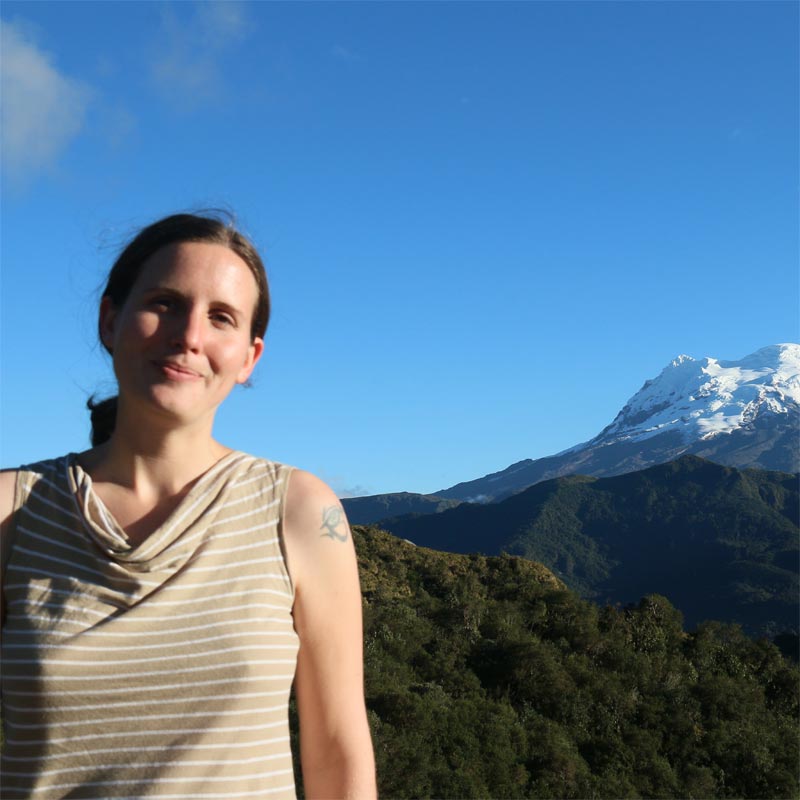AFRO-ECUADORIAN HISTORY

ASTRID
Today we want to share information with you about Afro-Ecuadorian history. Especially the Northern Ecuadorian Coast is home for many Ecuadorians of African ancestry. Their history is quite fascinating and their cultural roots can be found until today in their traditions and customs.
Many of today’s Afro-Ecuadorian population are still descendants of the first free Black people of this country: In the 17th century a slave ship capsized off the Ecuadorian coast. The slaves fled and built their first settlement on the coast of Esmeraldas. Soon they attracted other freed slaves from all over South America. The history of slaves in Ecuador begins with the foundation of Quito. Anton and Juan Salinas are mentioned as two African slaves who were part of the capital’s foundation. Later, hacienda owners and Jesuit monks needed cheap work force, thus bringing slaves from Africa to work on their land. Many were taken to the Chota Valley in Northern Ecuador, where the Jesuits grew cotton, sugar cane and other subtropical products.
FIGHTING FOR FREEDOM
The history of slavery in Ecuador is characterized by rebellion and resistance. Those who could flee joined the free Blacks on the coast. Especially during 1710 and 1820 many slave families in the Chota Valley rebelled against their owners. Others used the colonial justice system to fight for their freedom.
During Simon Bolivar’s fight for South America’s independence, many Blacks formed part of his army, with the promise of freedom after winning. Yet, it should take Ecuador almost 50 more years after the independence of 1809 to finally abolish slavery in 1854. And instead of paying reparations to the former slaves, the government indemnified their former owners. Many Afro-Ecuadorians were left with nothing and were forced to keep on working for their former owners. The integration into Ecuadorian society has not been easy, and until today racism and prejudice are common among white and mestizo Ecuadorians.
THE STORY OF MARÍA CHIQUINQUIRA DÍAZ
María Chiquinquira was born in the 18th century in Guayas, a province on Ecuador’s southern coast. Her mother, María Antonia, was a slave for Alfonso Cepeda, but he abandoned her when she got sick with leprosy. After her mother died, María and her brother were raised by an indigenous woman, but later reclaimed by the Cepeda family. After the head of the family died, they were assigned to his brother Alfonso, a priest. After María got married to a free Black man, she started working on her own, but paying a daily fee to her owner. With her husband she had one daughter, who was summoned to work for Alfonso´s blind sister. María does not want her daughter to share her fate of being a slave, so she begs the priest not to take her daughter. He shows no mercy.
Thus begins María’s long fight for freedom. As colonial law stated that a slave who was abandoned by their owner was automatically freed through manumission, María argued that she was born free because her mother was abandoned. She used the system (which also stated that liberty or slavery is inherited from the mother) to fight against the system. She lost a court case, won another, started living as a free woman, lost another case, thought of a new strategy. Finally she appealed to the highest court of the Real Audiencia of Quito. But we will never know how the court would have ruled, because one day all documents mysteriously disappeared.
Find out more about Ecuador’s history in our blog posts.
visit our other channels
Recent Posts
- Travel Tip Peru – Valle Sagrado – The Sacred Valley February 7, 2025
- Travel tip Peru – Lima January 24, 2025
- Conquering the Pasochoa Volcano at 4200 Meters Above Sea Level January 10, 2025
- The Route of Artisan Panela December 27, 2024
- Fiestas de Quito – traditions and experience report December 13, 2024